Ask any diver about their bucket list, and more often than not it will feature species like sharks, sea horses, and stingrays. And as quickly as you tick one thing off, two more get added to the list.
Over the past year, Joey and I have spent close to six months sporadically living on Bonaire. Not only is Dutch Caribbean country a single-handedly amazing dive destination, but there is also the opportunity to see tonnes of bucket-list-worthy animals.
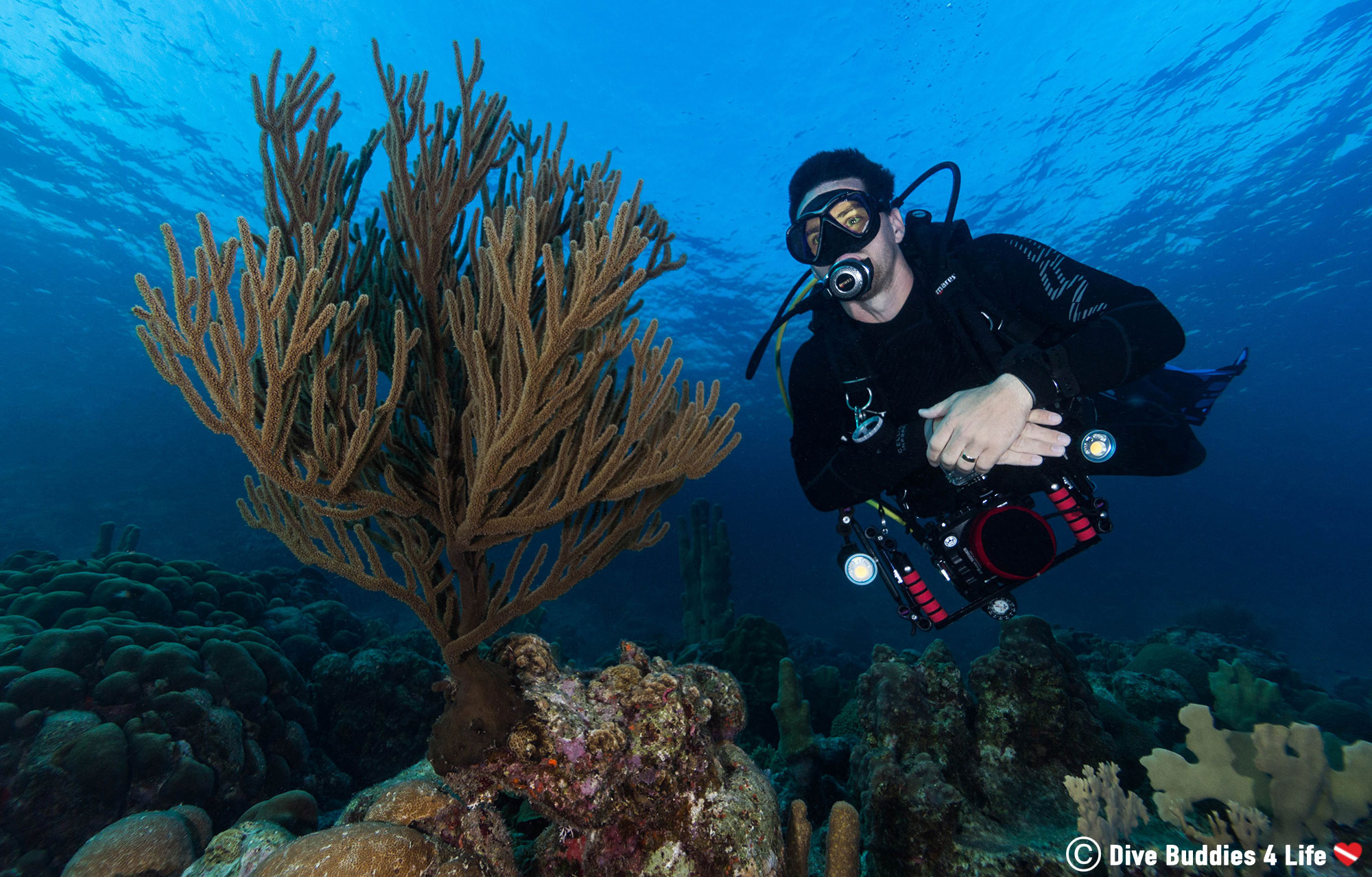
After so much time on a diving island that we love so much, we are thrilled to put together the ultimate Bonaire scuba diving bucket list.
Scuba divers be warned: this list is not for the faint-hearted.
Strap on your tanks and put your mask on folks, we are about to submerge you into Bonaires awesome underwater world. Here is a check list of where to go, what to do and what to look for when visiting one of the best shore diving locations in the Caribbean.
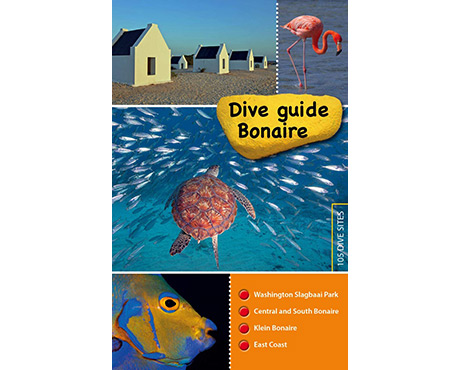
The Dive Guide Bonaire is the perfect book to take with you on your southern dive vacation. This guide describes more than 100 dive sites in Bonaire along with underwater maps and stunning photographs.
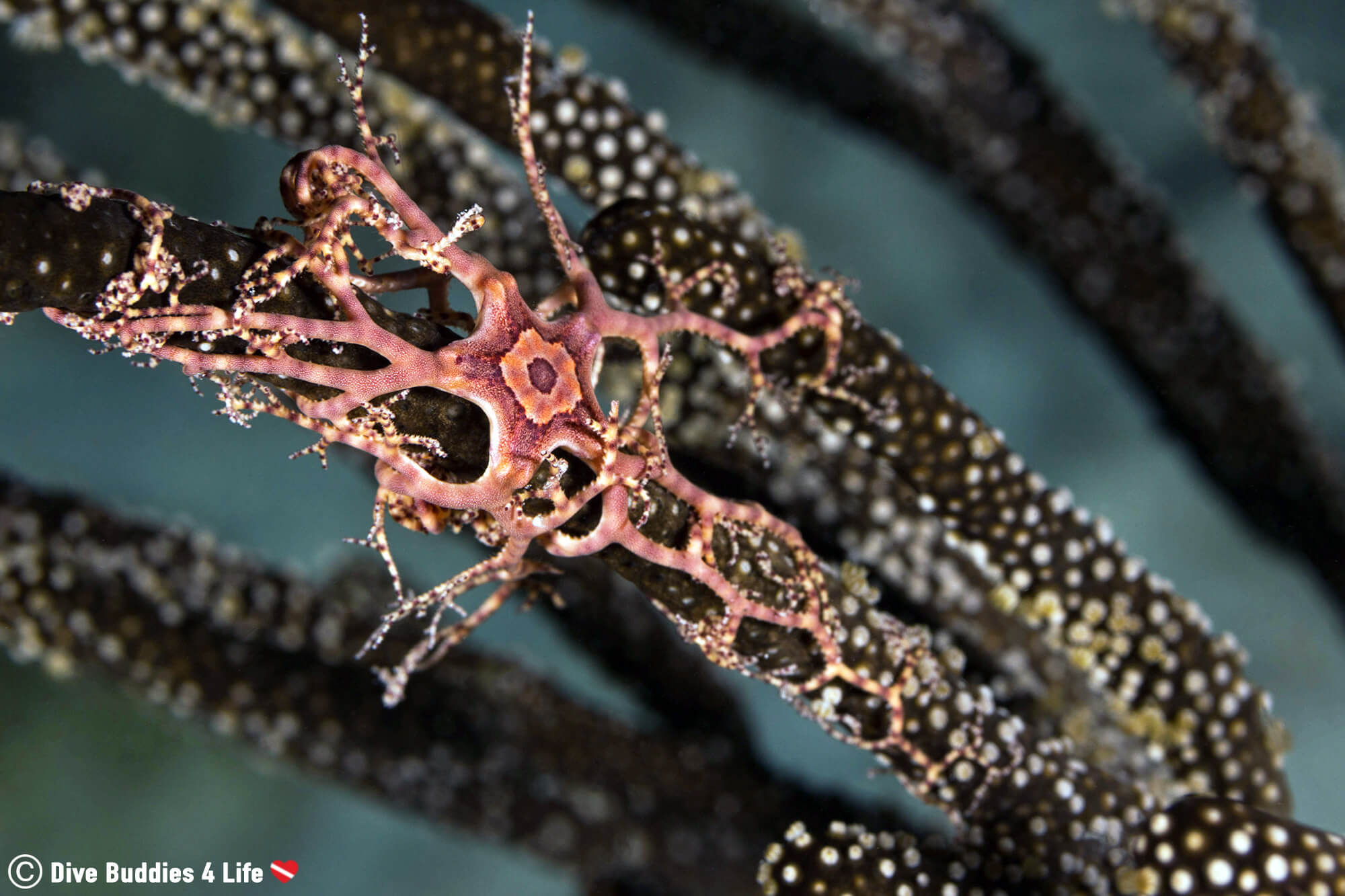
They’re cute, mesmerizing and magical creatures. Sea horses are more than just their trademark tube-like mouths, dainty body, and long curly tail.
As one of three members of the Syngnathidae family, these cryptic yet charismatic creatures are found in temperate and tropical seas across the world, preferring shallow, sheltered and coastal waters.
Due to their unique anatomical shape and lack of scales, at first glance, most people don’t realize seahorses are “fish.” But once you get past their uncanny appearance, and look closely at these oddly shaped fish, you will discover a fascinating reef species that is difficult to see but rewarding to find.
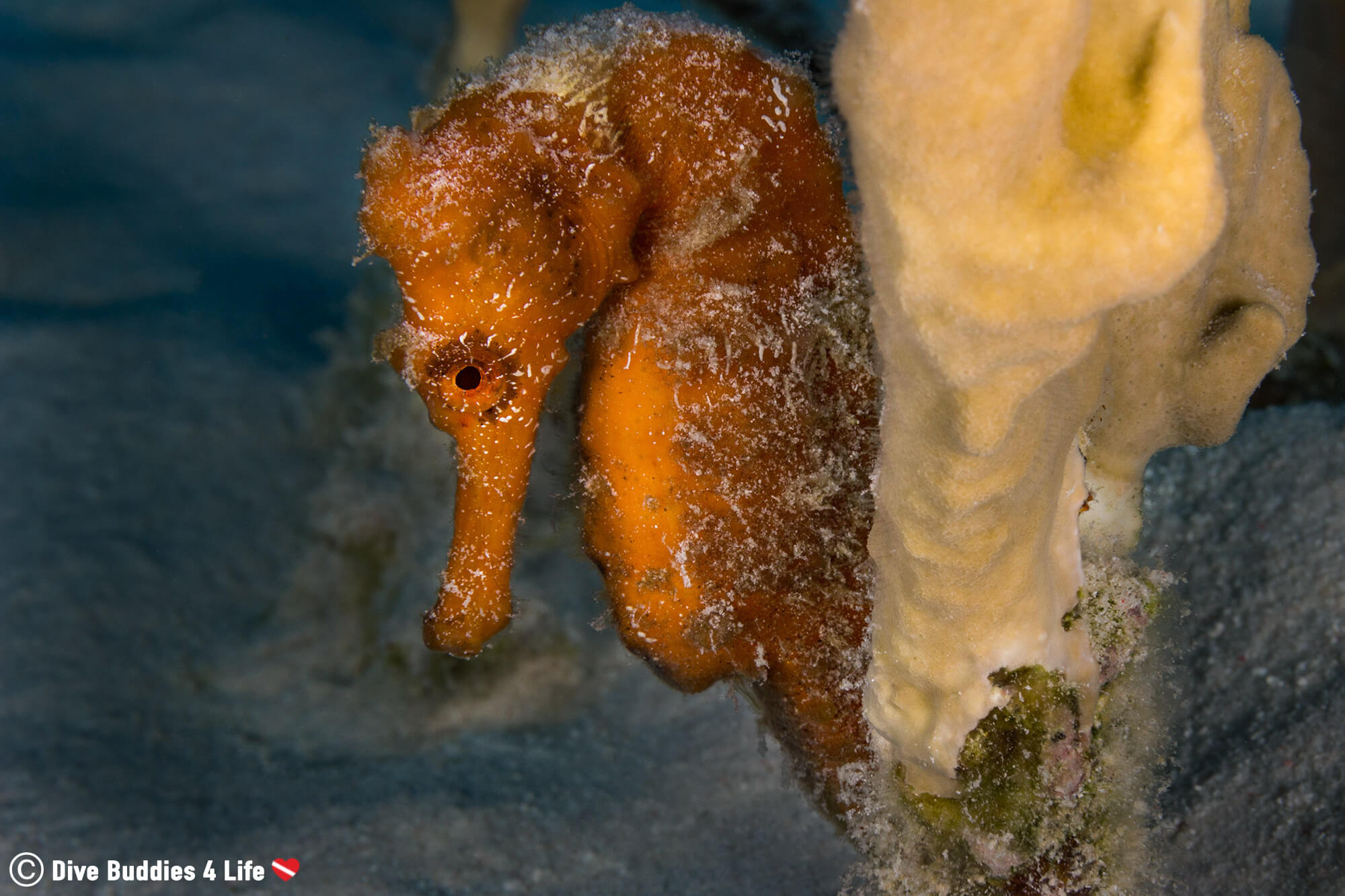
One of the greatest delights of scuba diving is the ability to observe small groups of undersea life. And sometimes these small groups multiply tenfold into tremendous swirling masses of shimmering fish called bait balls.
Bait balls are not an uncommon thing to find in the waters surrounding Bonaire, especially if you know where to look. These mass aggregations of fish schooling together are a defense mechanism against larger species. Rather than being viewed as a weak and single individual, predatory animals will see the group as one gigantic fish.
Until you actually get swallowed up by one, you will never know the awe and wonder of being completely engulfed in a sea of fish. For a diver, thousands of fish moving together in unison is every bit as mouth-watering as it sounds. Trust me when I say it’s surreal.
As the sun goes down and darkness begins to set in, the underwater environment changes. Creatures go to sleep while others wake up, and the reef is completely transformed. Night diving is a dark experience that has a way of raising the hairs on the back of your neck, no matter what level of diver you are.
Tropical reefs look very different from sunrise to sunset, and Bonaire is no different. The water is so impeccably clear and larger pelagic species like to make themselves known.
Big silver tarpon come alive at night and love to prowl the reef for food using scuba divers lights. While these huge sardine looking fish tend to be pretty skittish during daytime, as darkness sets in the resident tarpon seem to lose their fear of people and become one track minded hunting machines.

Depending on the dive site some places you can even have as many as four or five boldly circling and darting in and out of your narrow beam of light. Tarpon will literally chase and gulp down anything they can fit in their mouths.
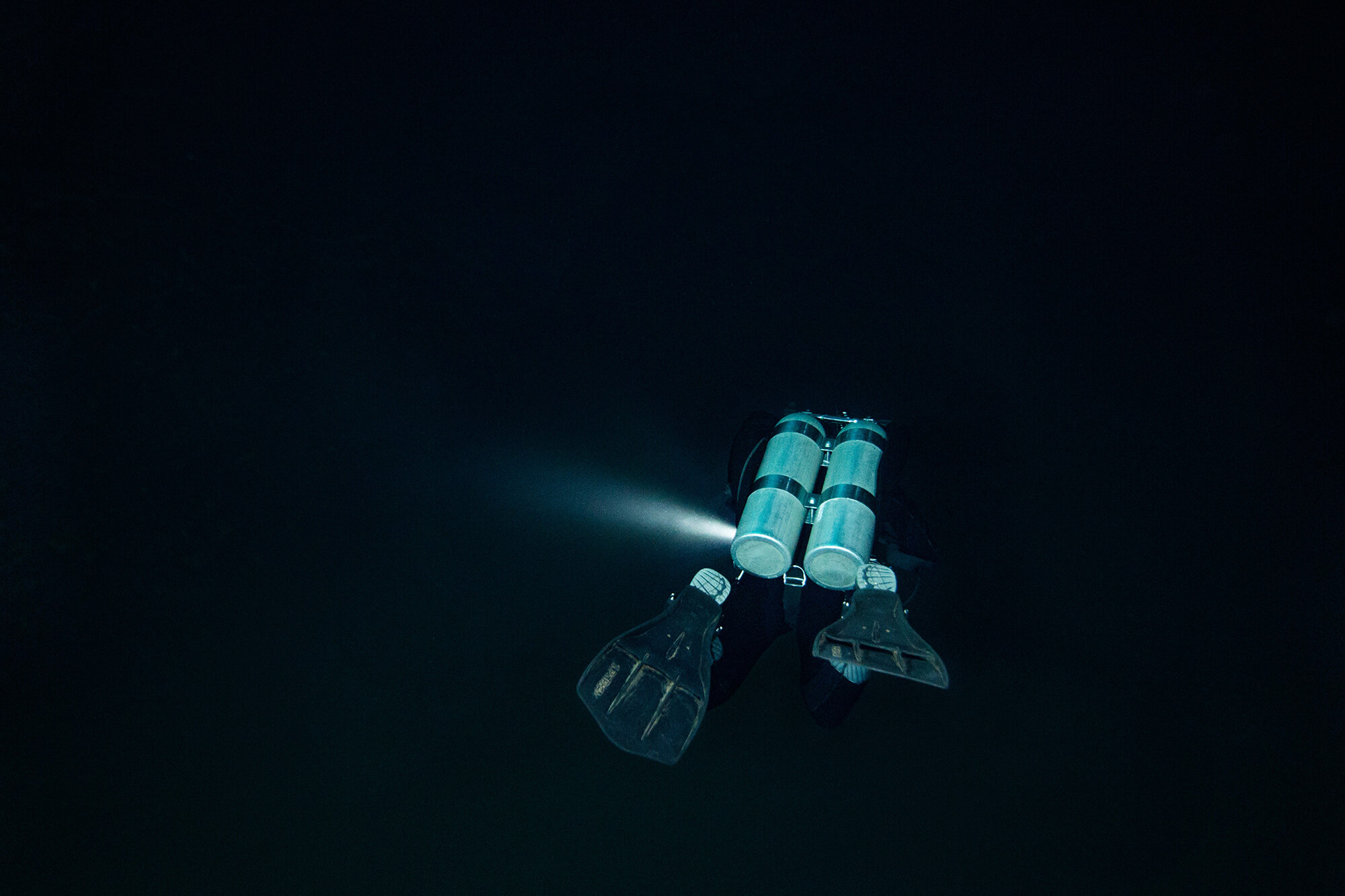
Read more about night diving and everything else that goes bump after dark:
Swimming around in a dark ocean isn’t the norm. But at night the whole allure of the underwater world changes. So the big question is: are you afraid of diving after dark?
Finding a frogfish is like winning the scuba diving lottery. When you first lay eyes on them you need to pinch yourself to make sure you’re not dreaming. Then a warm fuzzy feeling creeps all over your body, extending from the crinkly smile on your face to the tingling in your toes.
It’s no secret frogfish are one of the trickiest fish species to find on a reef. They are masters of disguise, kings of camouflage and however else you choose to describe the amazing way they are able to blend into a reef. Frogfish are a part of the anglerfish family and use unusual colors, shapes, and textures to conceal itself from predators while at the same time luring in potential prey.
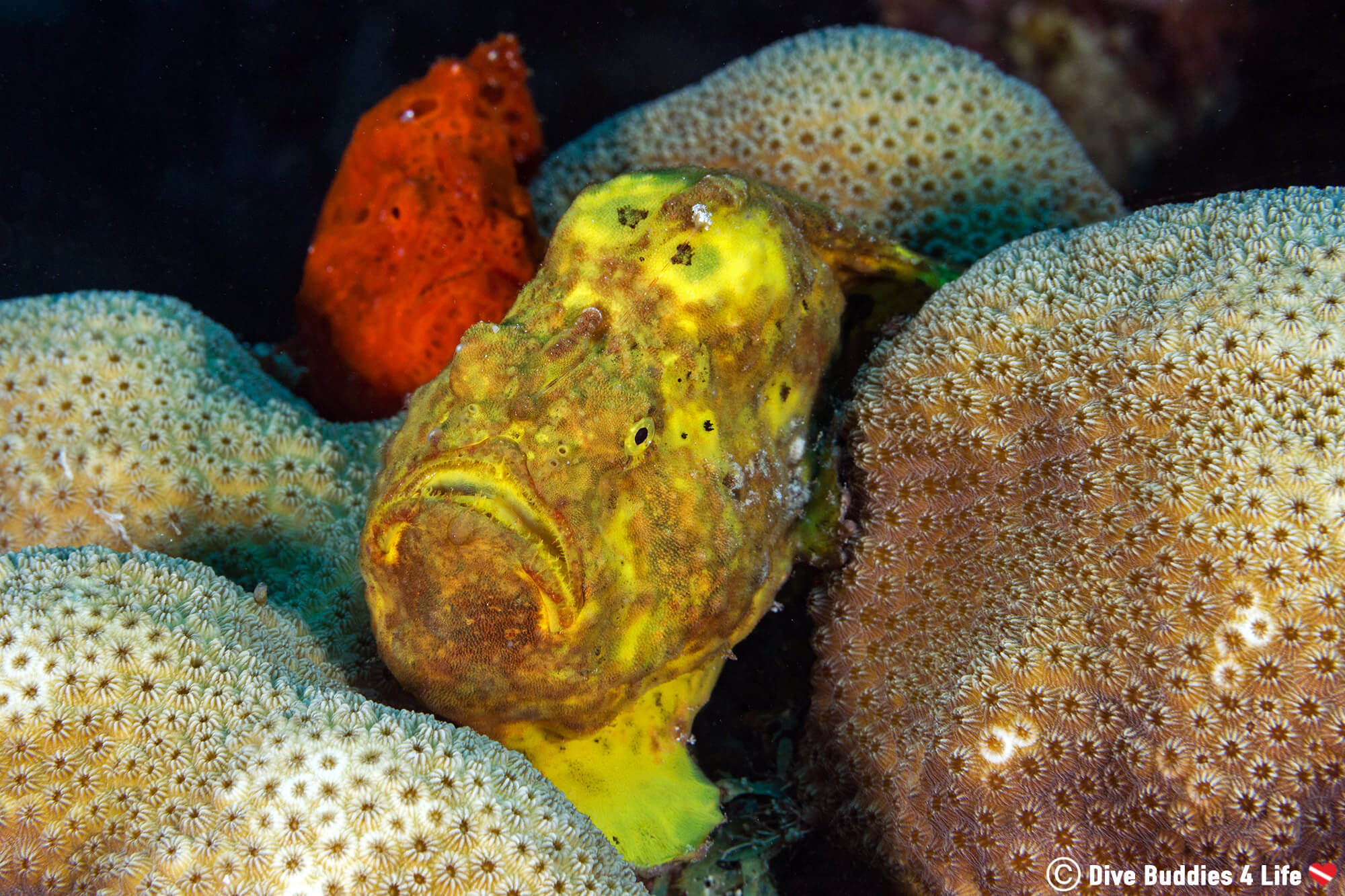
Bonaire has over 350 fish species and nearly 50 different corals to admire across roughly 80 dive sites. Some of these sites are accessible by shore while others can only be reached via boat. Most of the Bonaire dive sites are marked by the classic big yellow rock, but some are a little more off the beaten path.
Unmarked dive sites have a way of making an explorer out of any average diver. Bonaire has several unmarked sites peppered across the north, south and east side of the island. Thanks to their hard-to-find nature and remote locality unmarked dive sites have proven to be some of the best scuba diving locations on the island with curious critters and incredibly shallow coral coverage.
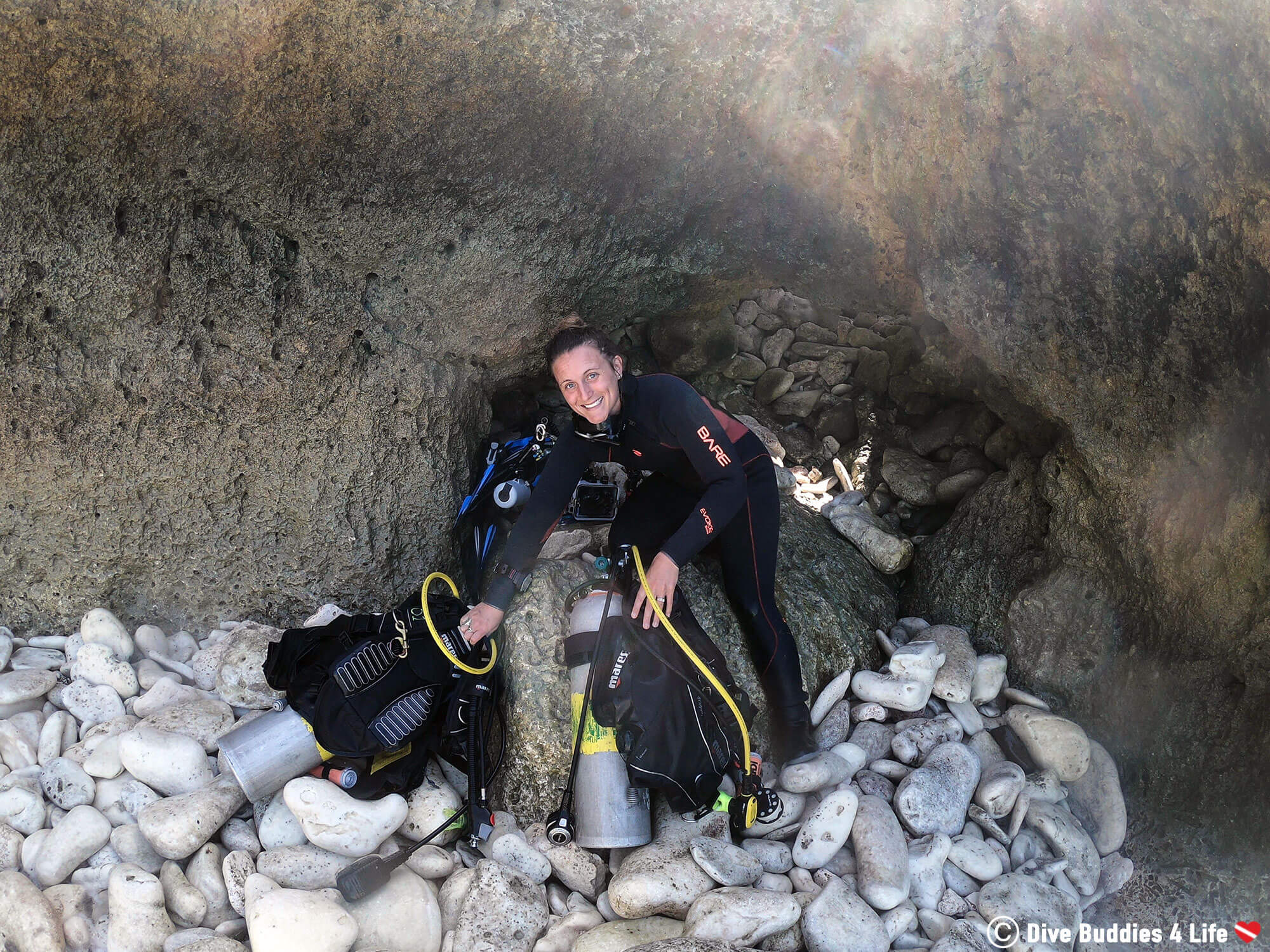
Night diving on Bonaire is an exciting prospect as is, but adding rave worthy colors like neon greens, oranges, yellows and pinks to this hidden world is like nothing I’ve ever seen before.
Going out on a fluorescent dive is like heading downtown to the disco – an underwater disco that is.
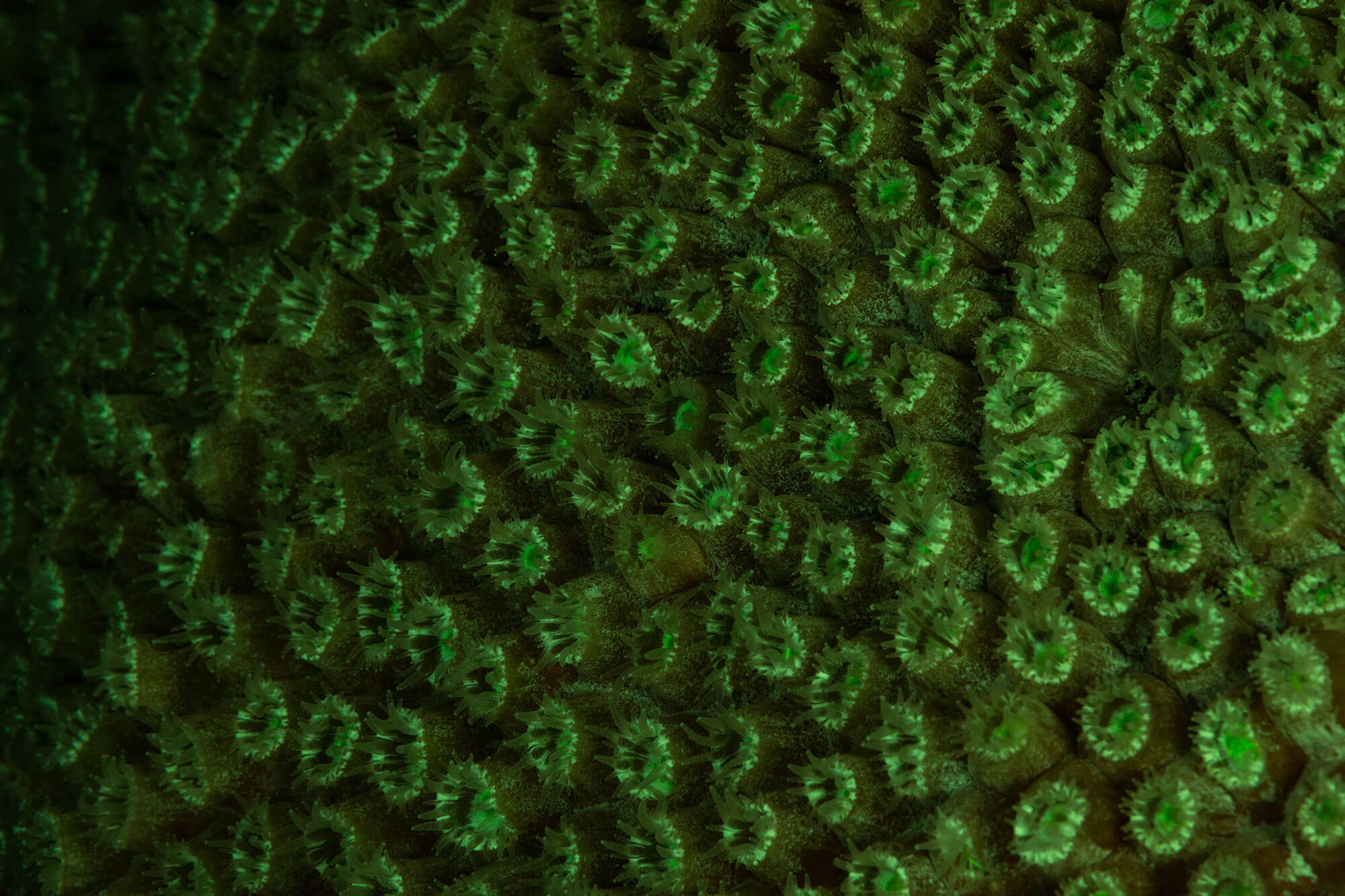
Read more about crazy colorful fluorescent diving:
Fluodiving, fluorescent night diving, UV diving, glow diving – goes by many names. But no matter what you call this vibrant type of diving, the optical magic of fluorescence adds a totally new dimension to your night diving repertoire.
When the underwater world is illuminated with a specialized blue-light, it looks wildly different from what we as scuba divers have come to know. Certain creatures go from looking mundane under normal white light to exciting and at times psychedelic.
Having good visibility and such a wide range of species, going on a fluorescent dive while visiting Bonaire is a must-try for any diver.
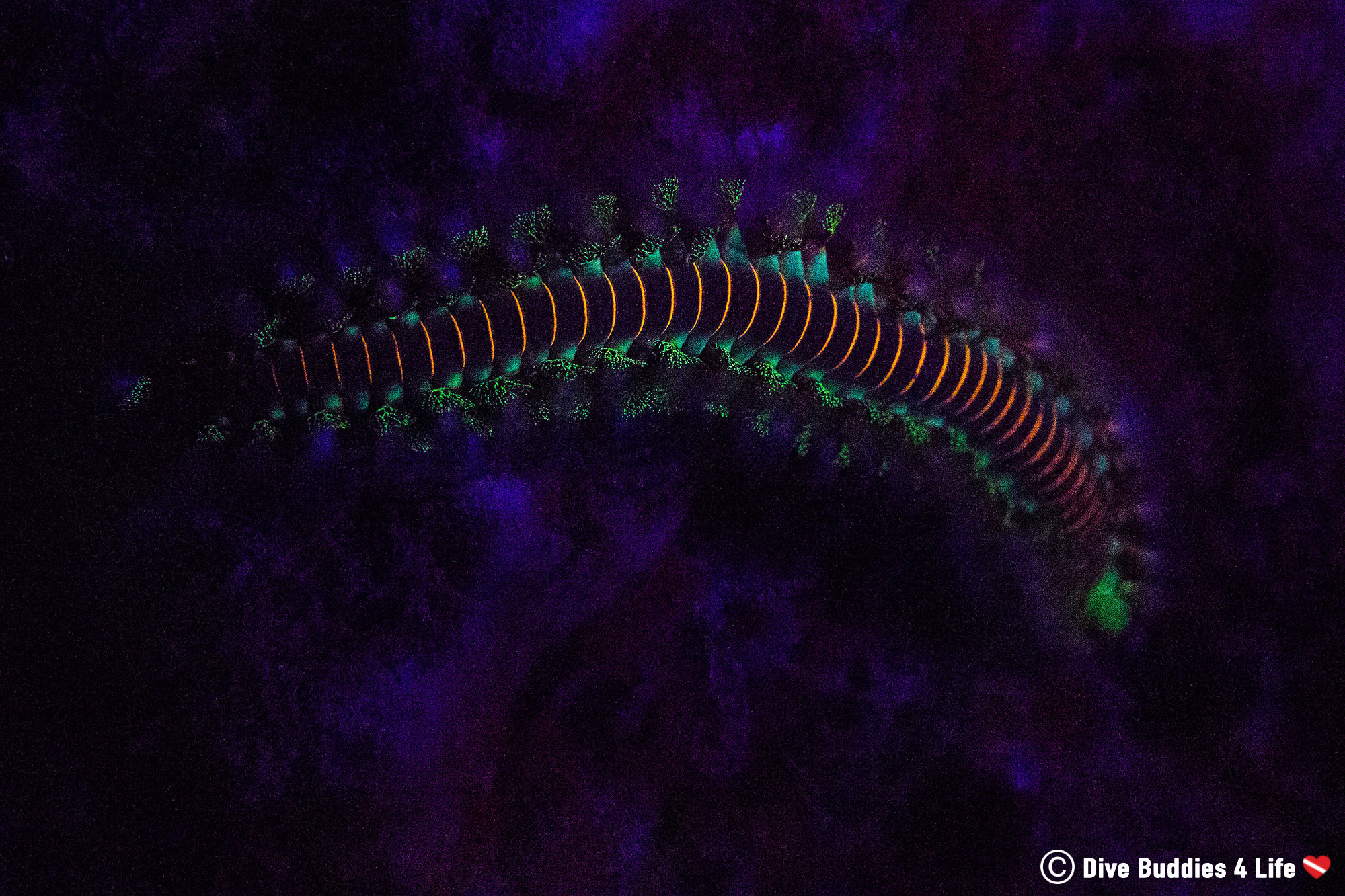
Wreck divers from all over the world dive the Hilma Hooker when they visit Bonaire.
As a sunken cargo ship busted for transporting drugs, this infamous ship was impounded by island authorities on June 6th, 1984 only to lay unclaimed by its owners. After months of maintenance issues and falling into disrepair the ship was moved next to the Angel City dive site where it eventually sunk on September 7th, 1984.
Now the Hilma Hooker has turned into an artificial reef. At 30 meters (100 feet) at its deepest point, the Hilma sits well within advanced recreational and freediving limits. Being one of only two large “shipwrecks” on the island, for divers, the bounty of encrusting marine life and large fish are well worth a diving visit.
Who doesn’t love seeing a sea turtle, whether you’re at the surface snorkeling or on the floor pretending to be a fish!!
Bonaire is home to three of the world’s seven species of sea turtles. Green and hawksbill sea turtles can be seen in the waters around the island year-round, while loggerhead sea turtles are typically only around during nesting season, between April to December.
As a sea turtle hotspot, it’s not uncommon to be leisurely swimming in the blue water of Bonaire and have one pop up from in the soft coral. Some of the best dive sites to visit for turtle spotting include Salt Pier, Karpata, 1000 Steps, and Andrea I & II.
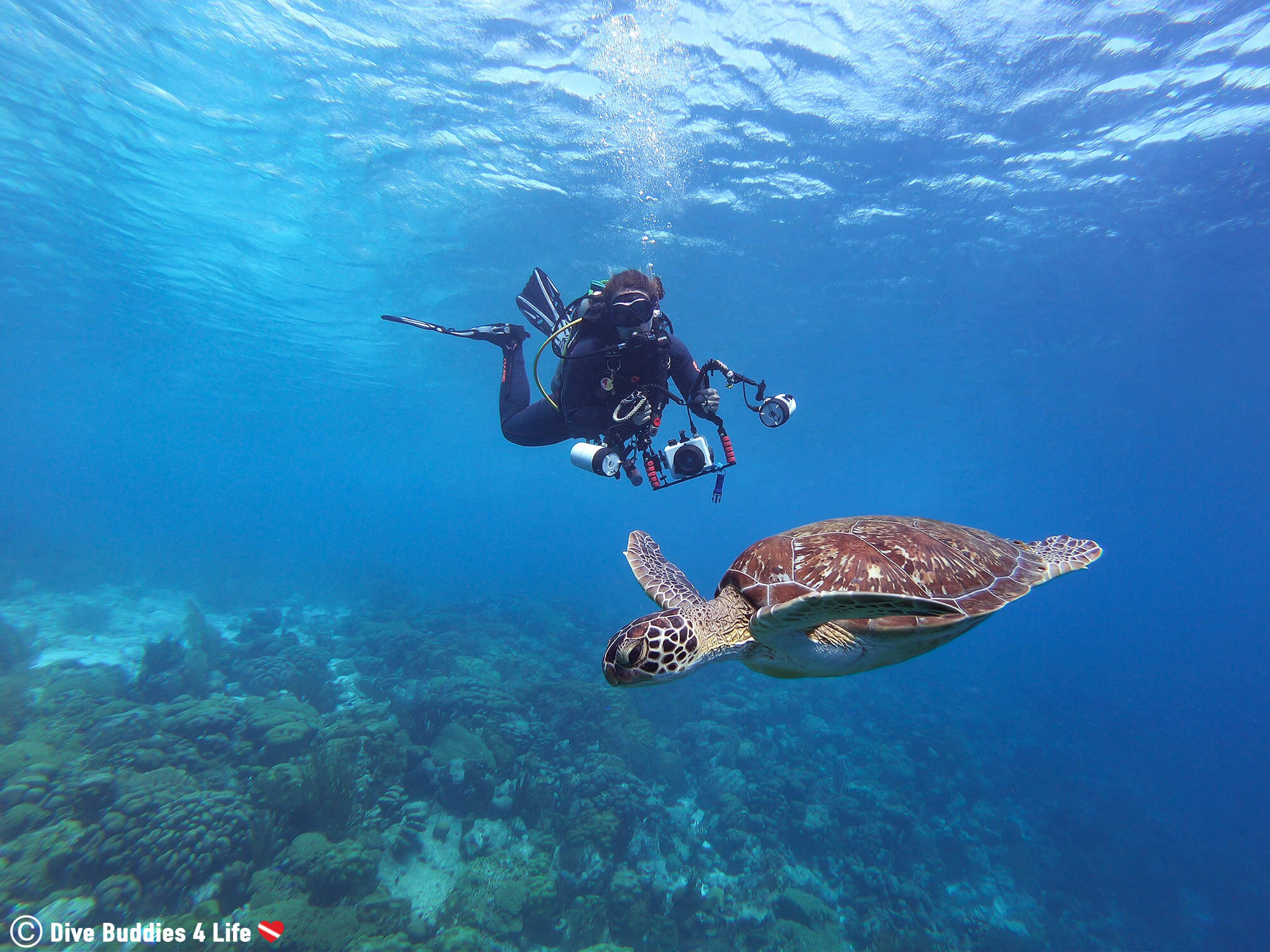
As one of the most intriguing and feared marine creatures, sharks are found in every ocean of the world. So it should come as no surprise that they are in the waters around Bonaire, but can be hard to find.
The most common toothy stars found around this Dutch Antilles island are nurse and Caribbean reef sharks, however, at some point in time, there have also been reported sightings of whale, hammerhead and tiger sharks. The best place to see sharks on Bonaire is on the lesser-explored, east coast of the island, particularly Baby Beach. Alternatively, there are occasional sightings on Klein Bonaire as well.
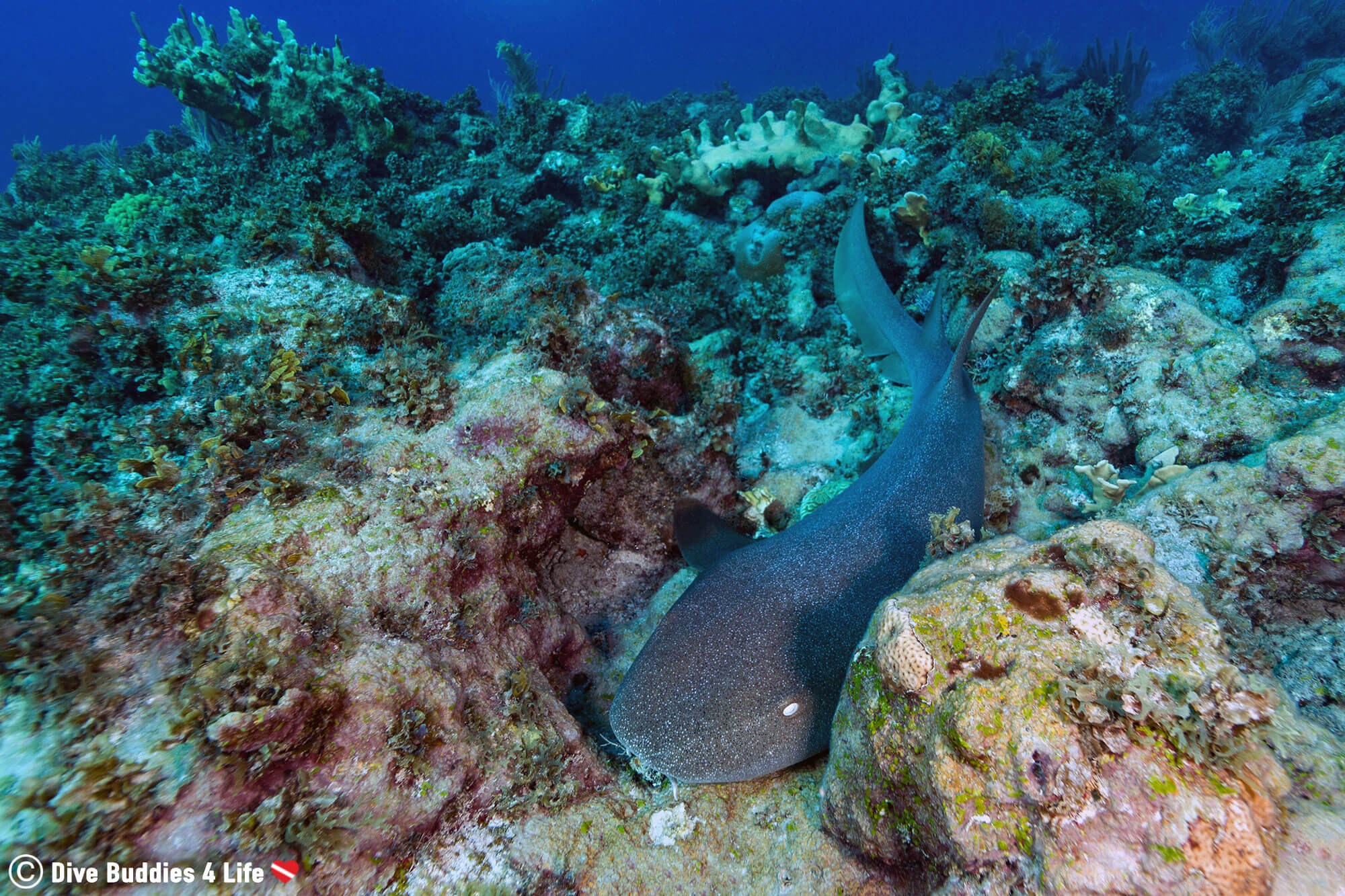
Night diving is something that every diver should do once or twice on their trip, and just after a full moon even more so.
In the night following a full moon, the waters of Bonaire are filled with bioluminescence emitted by tiny microscopic creatures called plankton. When the sun goes down, a few days after a full moon ostracods put on a glowing beads-on-a-string light show as they emerge from the soft coral and mate. Dinoflagellates, an even smaller type of plankton, are also present in the water. If you make rapid movements or kick around in the water you will feel like Tinkerbell sprinkling fairy dust in the sea.
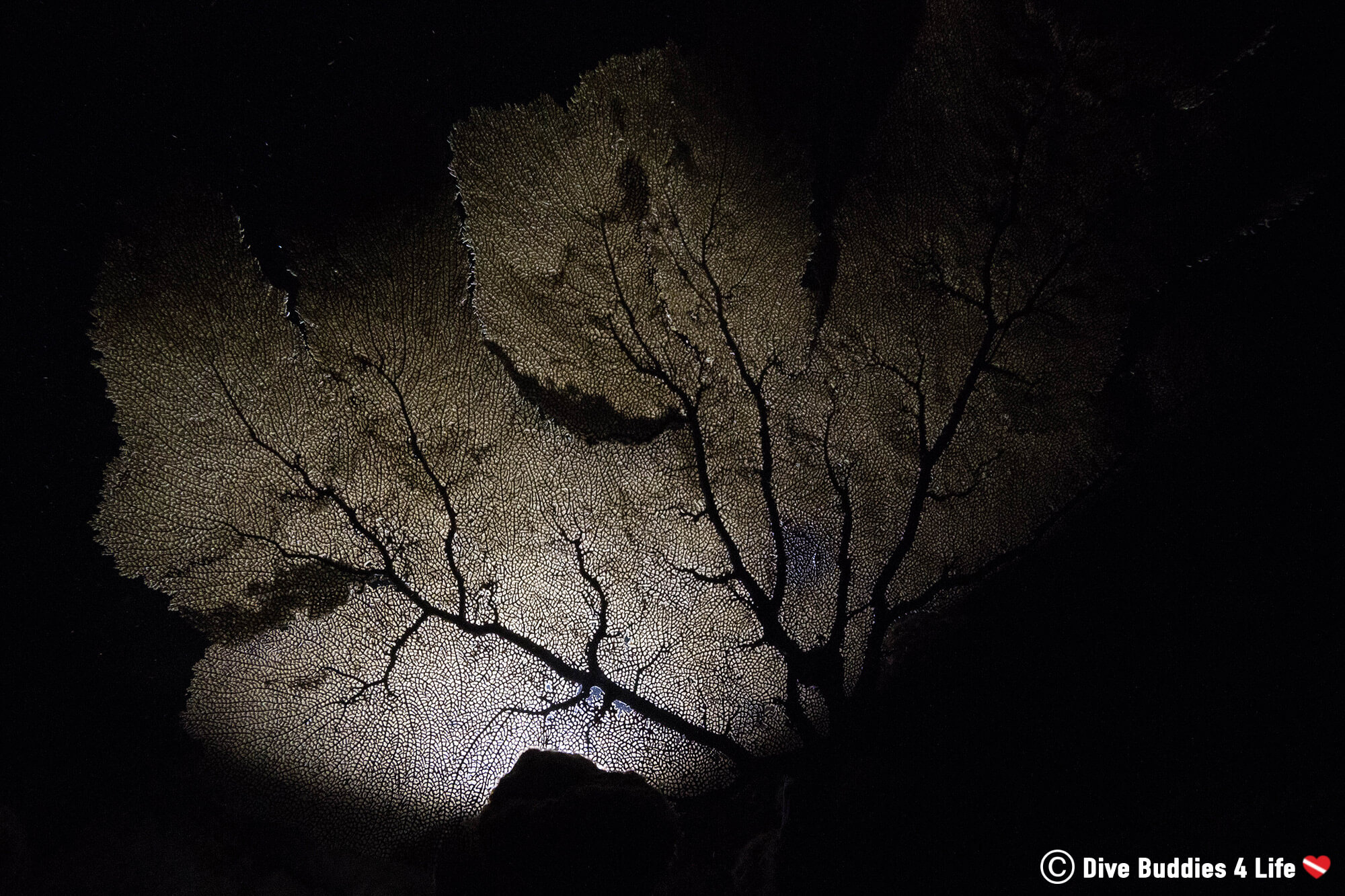
Please Note: This is a photograph of a backlit sea fan on a night dive in Bonaire. The image does not display ostracod bioluminescence which is incredibly hard to capture on camera.
Most people know Bonaire for its ease of shore diving, but on the islands east coast, better known as the wild side, things are drastically different.
To say that this side of the island is moderately windy is a mild understatement. Because of Bonaire’s relative location when compared to the other ACB islands and Venezuela, the east coast part of is left unsheltered and exposed to the wicked happenings of the Caribbean Sea. Diving conditions on this side of the island include surf, surges, currents and in some cases entry from rocky cliff walls. It’s not a place for beginners.
The main draw to east coast diving on Bonaire is the large pelagic life. It’s not uncommon to see turtles, tarpon and stingrays all on a single dive. If your really lucky, you might even encounter a shark or manta ray.
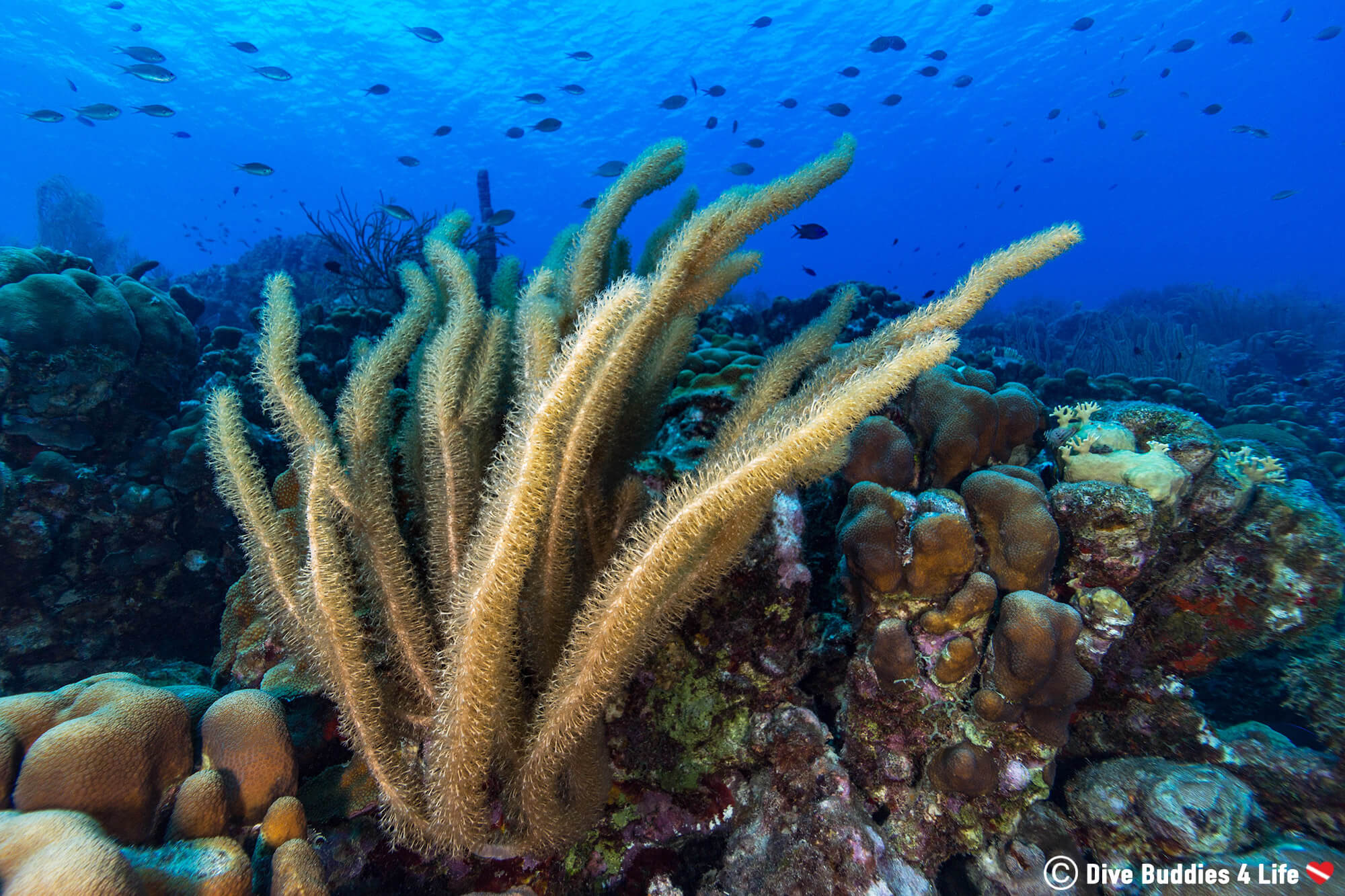
Anyone who’s been diving on Bonaire has visited the 1000 Steps dive site – the embodiment of Bonaire diving. It is probably one of the most famous sites on the island, and not just for diving, it is popular for snorkelers and beachgoers as well.
Located towards the north of the island, past the main town of Kralendijk, at 1000 Steps shards of white rock and deceased coral meets a glittering turquoise sea. The entirety of the dive site is surrounded by staggering cliffs that shelter the site from the wind. To reach 1000 Steps, visitors park at the top of the cliff and must walk down a 67 step staircase – which for divers with heavy gear strapped to their back feels like more like 1000.

If you’re not looking for frogfish or sharks, another marine species worth putting on your Bonaire bucket list is a stingray.
Stingrays spend much of their time buried or undulating along the ocean floor using electrical sensors in their heads to locate prey that can sometimes not be seen with the naked eye. On Bonaire, two species of stingrays that are typically seen while diving are eagle rays and southern stingrays.
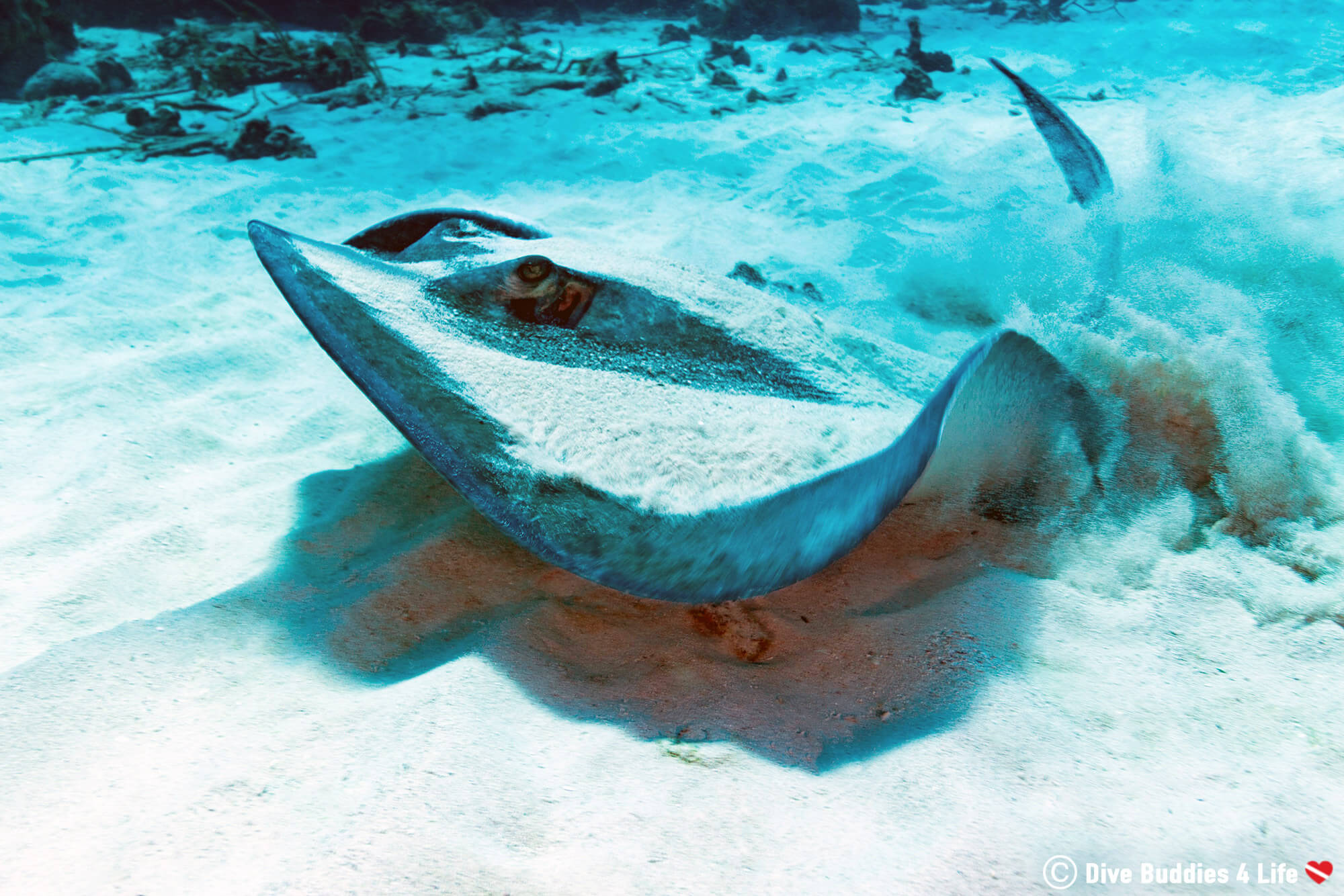
If you’re looking for your next scuba diving trip, Bonaire could be the place. The turquoise water and salty atmosphere make this ABC island world renown. As the coral capital of the Caribbean and one of the best shore diving sites in the world, this island is absolutely dreamy both above and below the water!
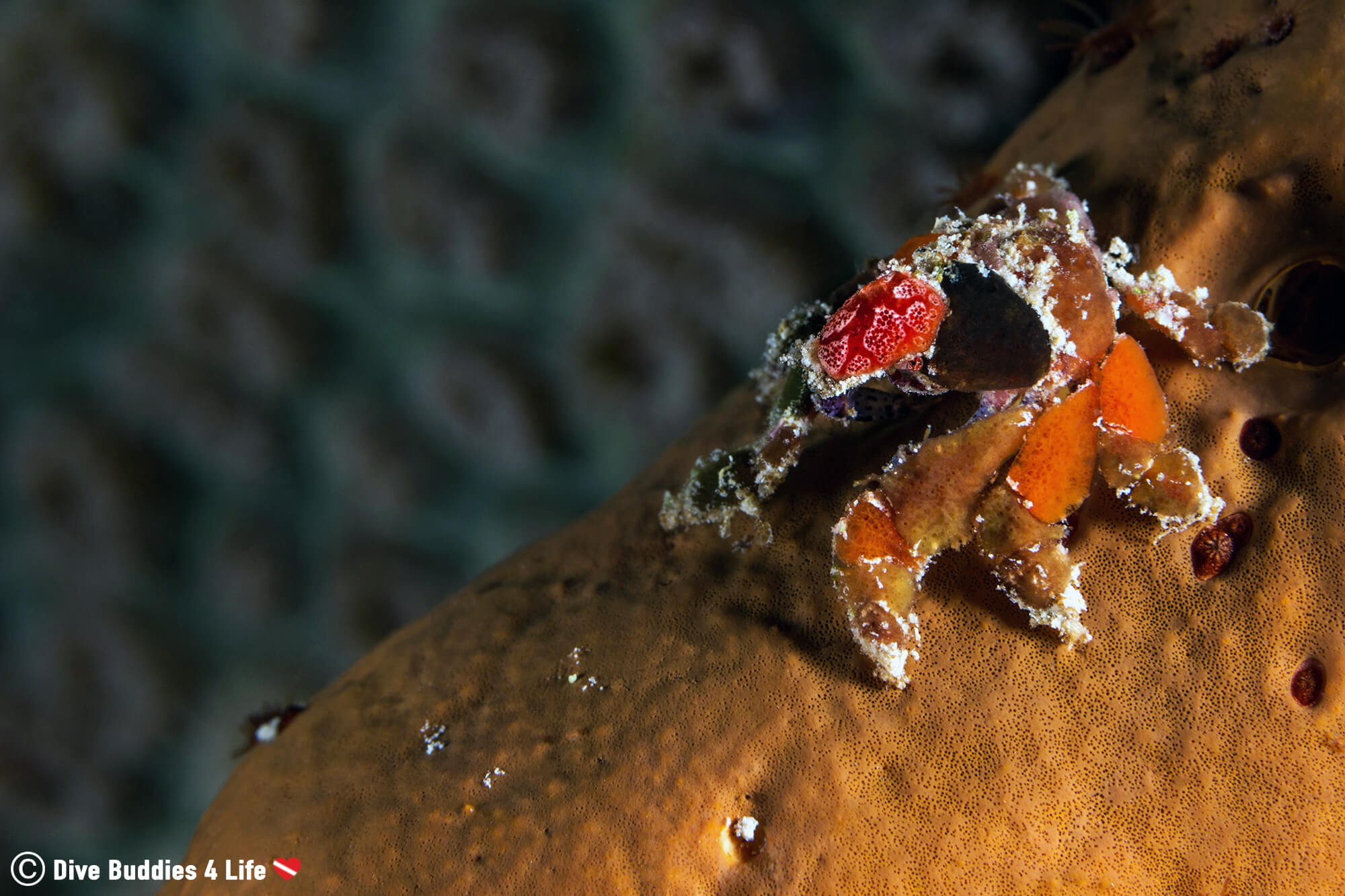
Bonaire is an underwater wonderland. Do you have a bucket list item that we should add to the list? Share in the comments below.
Writers Note: This post may contain affiliate links. We will make a small commission if you make a purchase through one of these links, at no extra cost to you. See full disclosure and disclaimer policy here.

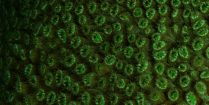
Fluodiving, fluorescent night diving, UV diving, glow diving - goes by many names. But no matter what you call this vibrant type of diving, the optical magic of fluorescence adds a totally new dimension to your night diving repertoire.
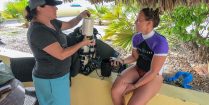
Bonaire TEK is an annual October occurrence, where Buddy Dive Resort partners with leaders in the tech diving industry for a week of technical dive demonstrations, equipment trials, presentations, training ins and outs, and camaraderie.
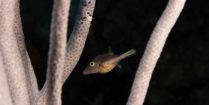
Whether your diving with turtles or admiring coral reefs, get ready to be wowed by the underwater beauty of Bonaire, the shore diving capital of the Caribbean.
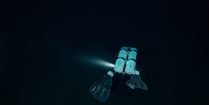
The day is over and the sun is setting on a day of scuba diving but is it really time to hang up your fins, or do you dare slip back into the water at night?

There are many ways to fight back against pollution and on Bonaire, this takes the form of scuba diving cleanups.
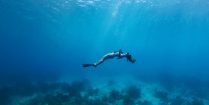
Hair versus scuba, now that's a combination that doesn't mix. So how do you stay away from the tares, tangles and hours upon hours of post-dive hair brushing?

Problem: you want to take decent underwater pictures but good photography gear is just so expensive. Solution: learn how to take good underwater pictures with your handy dandy GoPro, it's easier than you think.

Taking your love for photography to new depths can be a challenge. Here are eight tips and tricks for a beginner underwater photographer.
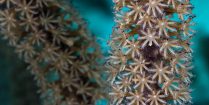
Not all things underwater can be seen at first glance - for some, you need to take a closer look. Macro photography is the art of close-up photography on small subjects.
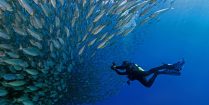
Submerge yourself into Bonaire's underwater world with this scuba bucket list. It will leave you wanting more from the coral capital of the Caribbean.

What an incredible list of Bonaire dive experiences! From finding seahorses and frogfish to getting engulfed in bait balls, each dive offers a unique adventure. Exploring the Hilma Hooker, witnessing bioluminescence, and diving the wild east coast sound unforgettable. Bonaire truly seems like the ultimate dive destination! 🌊🐠🤿